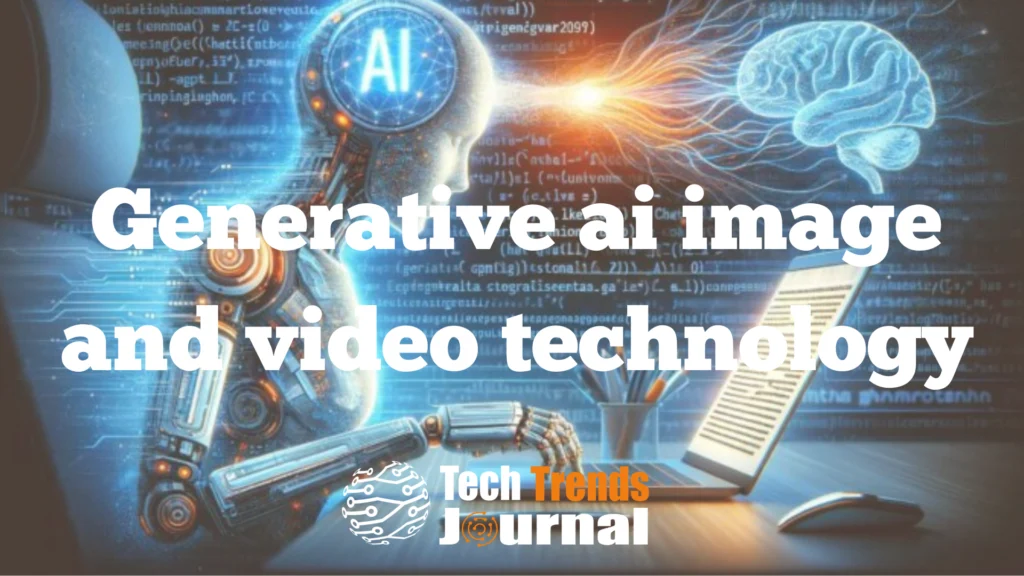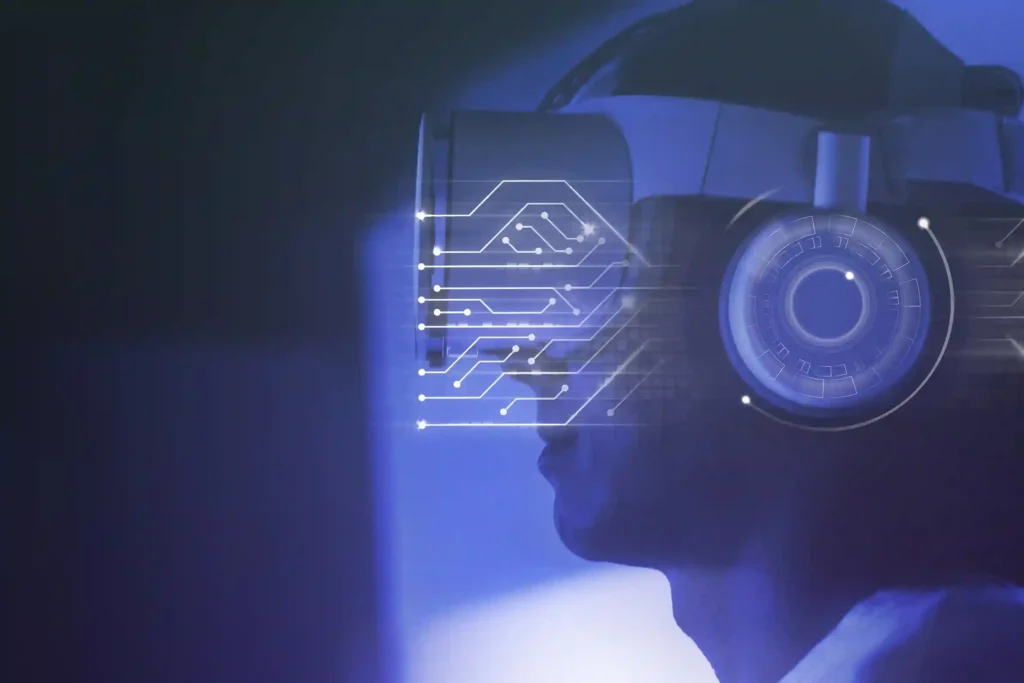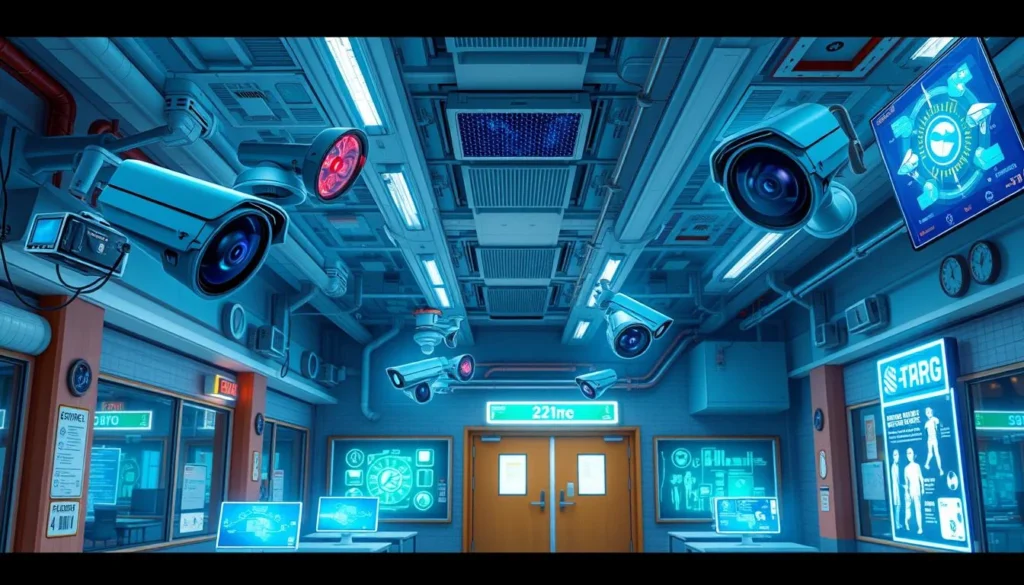The digital landscape is undergoing a seismic shift, and at its epicenter lies generative AI. While AI’s capabilities have been expanding for years, the recent explosion in generative AI image and generative AI video tools has captured the public imagination unlike anything before. From stunningly realistic portraits spun from mere text prompts to dynamic video clips generated in minutes, this technology is not just a trend; it’s redefining creation itself.
Here at Tech Trends Journal, we’re diving deep into the world of AI-powered visual generation. What exactly are these technologies, how do they work, and what impact are they having across industries? Let’s explore the pixels and motion powered by algorithms.
Table of Contents
From Pixels to Prompts: Understanding Generative AI Image Generation
At its core, generative AI image technology refers to artificial intelligence systems capable of creating novel images based on input prompts, typically text descriptions. Think of it as collaborating with an incredibly skilled, incredibly fast digital artist who interprets your words.
- How it Works (Simplified): Models like DALL-E 3, Midjourney, and Stable Diffusion are trained on vast datasets of images and their corresponding text descriptions. They learn intricate patterns, styles, and relationships between words and visual elements. When you provide a prompt (e.g., “a photorealistic cat wearing a tiny astronaut helmet, sitting on the moon”), the AI uses its learned knowledge to generate pixels that match that description.
- Key Capabilities: Text-to-image, image-to-image (modifying existing images based on prompts), inpainting (filling in missing parts), outpainting (extending image borders), style transfer, and more.
- Impact: Democratizing art creation, accelerating concept art and design processes, generating unique marketing visuals, creating personalized avatars, and pushing the boundaries of digital art.
The quality and coherence of generative AI image outputs have improved dramatically, blurring the lines between human-created and AI-generated visuals.
The Leap to Motion: The Rise of Generative AI Video
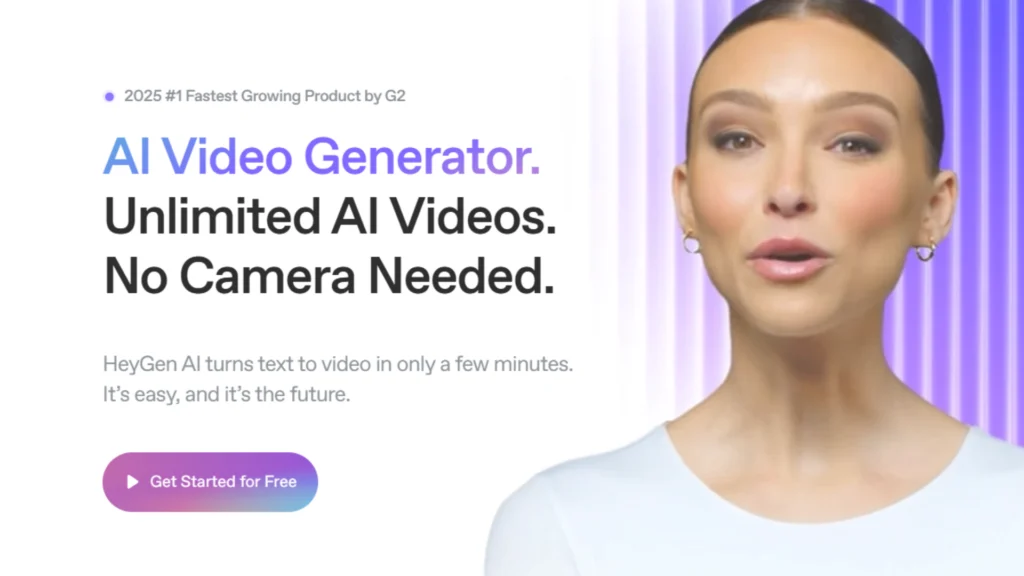
If generative AI image tools were the breakthrough act, generative AI video is the much-anticipated headliner grabbing current spotlights. Generating coherent, realistic video sequences from text or image prompts is significantly more complex due to the added dimension of time and motion consistency.
- How it Works (Simplified): Building upon image generation principles, generative AI video models must also understand temporal dynamics – how objects move and interact over time, maintaining consistency across frames. Recent models like OpenAI’s Sora, RunwayML’s Gen-2, and Pika Labs are demonstrating remarkable progress.
- Key Capabilities: Text-to-video (creating short clips from descriptions), image-to-video (animating still images), video-to-video (altering existing video styles or elements), extending video duration.
- Impact: Potential to revolutionize film pre-visualization and storyboarding, create dynamic marketing content rapidly, generate educational explainers, produce personalized video messages, and potentially automate aspects of animation and VFX.
While still in earlier stages compared to image generation, the pace of development in generative AI video is astonishing, hinting at a future where complex video production becomes far more accessible.
Key Players and Tools Shaping the Landscape
- Image Generators: Midjourney, DALL-E 3 (OpenAI), Stable Diffusion (Stability AI), Adobe Firefly
- Video Generators: Sora (OpenAI – currently limited access), RunwayML, Pika Labs, HeyGen (focused on avatar video)
Opportunities and Challenges: Navigating the New Visual Frontier
The proliferation of generative AI image and generative AI video tools brings immense opportunities but also significant challenges:
- Opportunities:
- Enhanced Creativity: Providing new tools for artists, designers, and creators.
- Efficiency: Automating time-consuming visual asset creation.
- Personalization: Enabling highly customized visual content at scale.
- Accessibility: Lowering the barrier to entry for visual creation.
- Challenges:
- Copyright & Ownership: Who owns AI-generated content? How is training data licensed?
- Misinformation & Deepfakes: The potential for misuse in creating fake images and videos.
- Job Market Disruption: Concerns about the impact on graphic designers, illustrators, and VFX artists.
- Bias: AI models can inherit biases present in their training data.
- Authenticity & Trust: Distinguishing between real and AI-generated content.
Addressing these challenges requires ongoing discussion, ethical guidelines, and technological solutions like watermarking and detection tools.
The Future is Generating: What’s Next for AI Visuals?
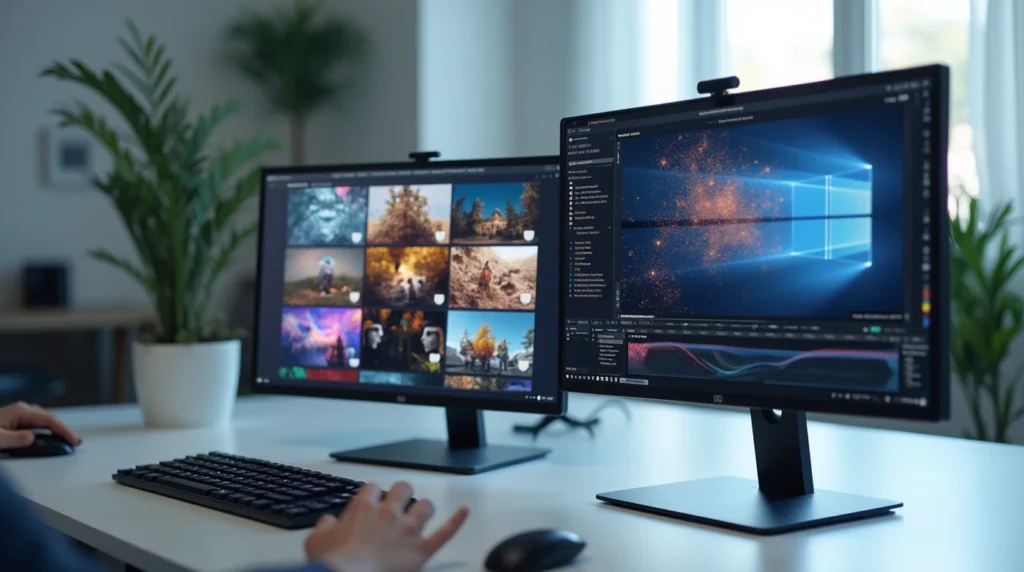
The trajectory is clear: generative AI image and generative AI video technologies will become more sophisticated, integrated, and accessible. We can expect:
- Higher Fidelity & Control: Even more realistic outputs with finer user control over details.
- Longer Coherent Video: Overcoming current limitations in generating extended video sequences.
- Real-Time Generation: Faster, potentially interactive generation capabilities.
- Multimodal Integration: Seamlessly combining text, image, video, and audio generation.
- Workflow Integration: Deeper embedding into professional creative software suites.
Conclusion: Embracing the Creative Potential of Generative AI
Generative AI image and generative AI video represent more than just technological marvels; they are catalysts for a profound transformation in how we create, consume, and interact with visual media. While navigating the ethical considerations is crucial, the potential for innovation, efficiency, and democratized creativity is undeniable. As these tools continue to evolve, they promise to unlock new forms of expression and reshape industries in ways we are only beginning to imagine. Keep watching this space on Tech Trends Journal as we continue to track this visual revolution.

